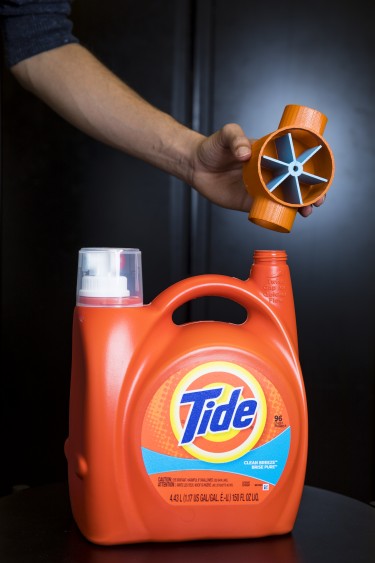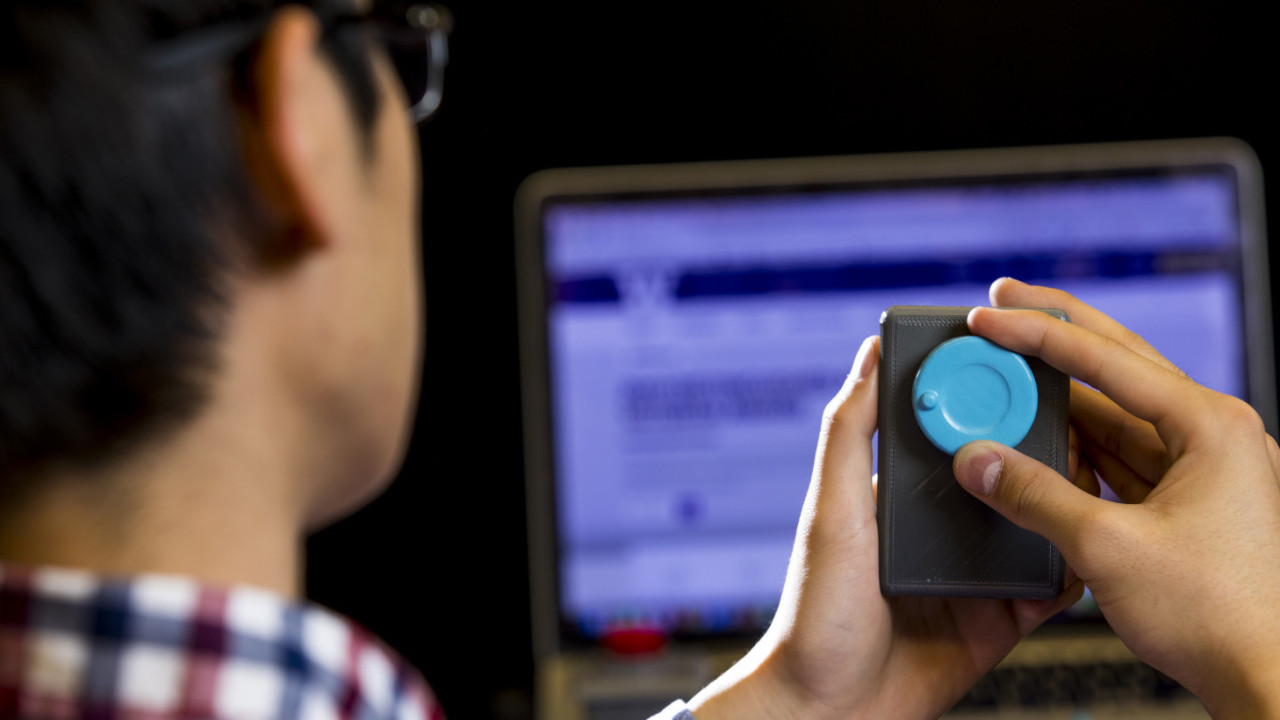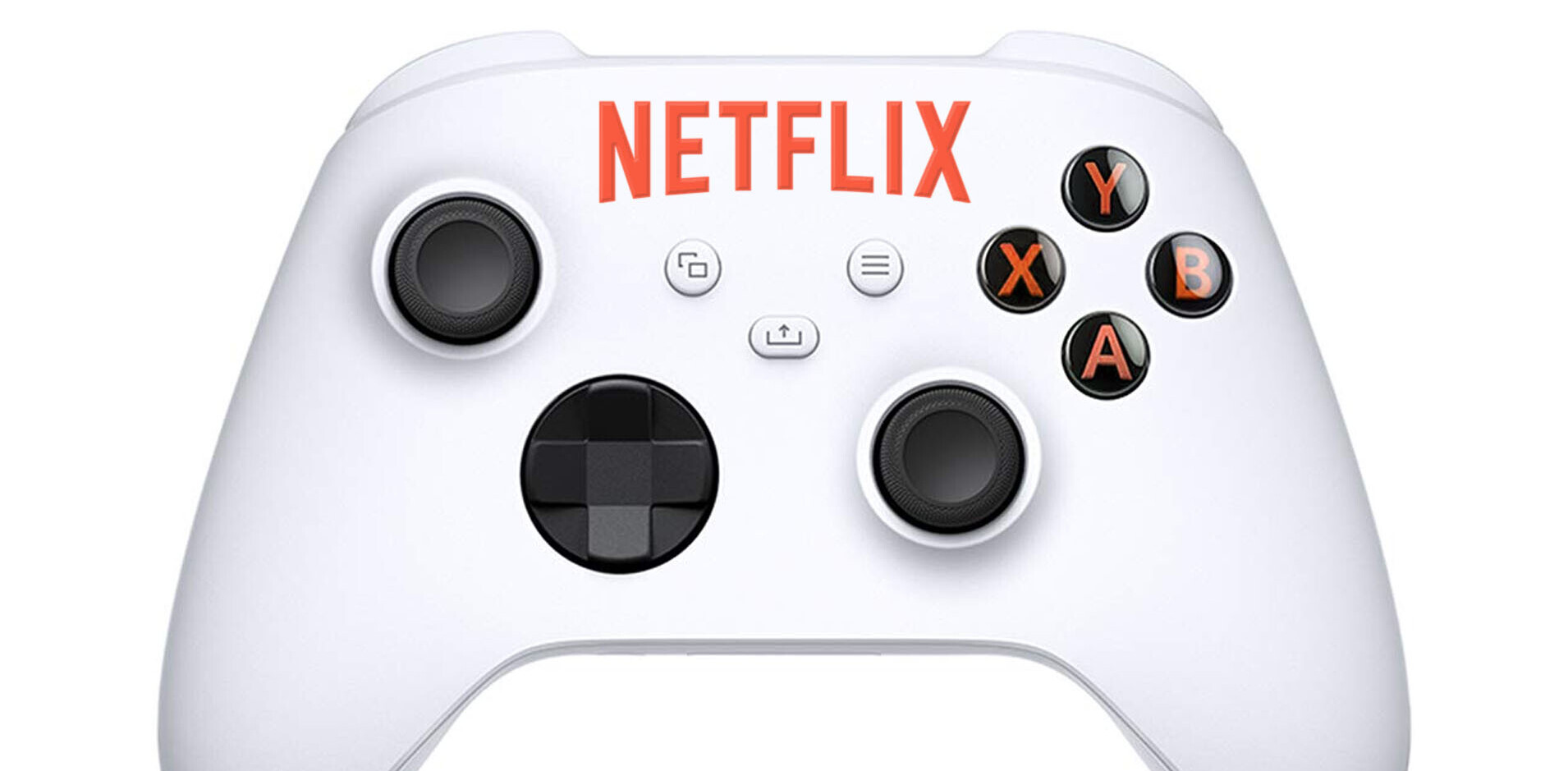One of the big tradeoffs that comes with the convenience of having smart devices run your home is the hassle of keeping them powered, either with batteries or by plugging them into the wall. But a new project devised by researchers at the University of Washington could one day help guide the creation of gadgets that don’t require any power at all to stay online.
Vikram Iyer, Justin Chan, and Shyamnath Gollakota from UW figured out a way to 3D-print plastic objects with wireless capabilities baked right in – no power source or electronics necessary.
The trio created a weighing scale, a flow sensor, and an anemometer that measures wind speed. They used composite plastic that contains conductive filament materials like copper and graphene fillings; to encode bits of data, they used gears (0s and 1s are represented by the presence and absence of teeth, respectively) – and transmitted said data using Wi-Fi backscatter, which allows for communication by modifying the reflection an incident Wi-Fi signal.
So, basically, they’ve created sensors that can beam data to your phone or other connected devices without the need for any sort of circuitry. The group also created a smart Tide bottle that detects how much detergent is left in it, as well as knobs and sliders for wireless input to scroll through webpages, and even an Amazon Dash-style button – all 3D printed and battery-free.

Their work could allow for the creation of smart devices that are not only more environmentally friendly, but also less of a hassle to own and maintain.
You can check out the researchers’ paper on this page (PDF), and watch a demo above.
Get the TNW newsletter
Get the most important tech news in your inbox each week.





